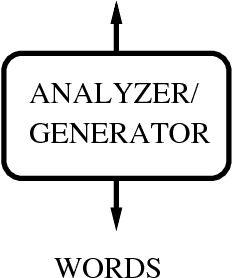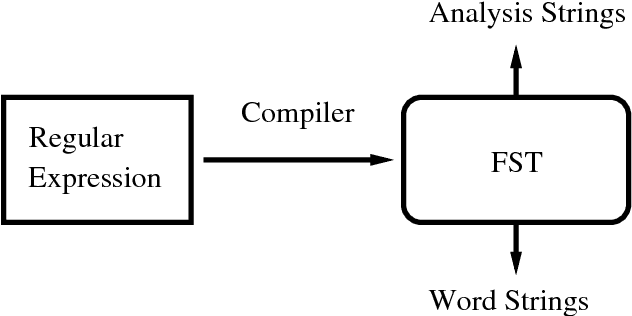Finite-State Non-Concatenative Morphotactics
Paper and Code
Jun 30, 2000



Finite-state morphology in the general tradition of the Two-Level and Xerox implementations has proved very successful in the production of robust morphological analyzer-generators, including many large-scale commercial systems. However, it has long been recognized that these implementations have serious limitations in handling non-concatenative phenomena. We describe a new technique for constructing finite-state transducers that involves reapplying the regular-expression compiler to its own output. Implemented in an algorithm called compile-replace, this technique has proved useful for handling non-concatenative phenomena; and we demonstrate it on Malay full-stem reduplication and Arabic stem interdigitation.
* SIGPHON-2000, Proceedings of the Fifth Workshop of the ACL Special
Interest Group in Computational Phonology, p. 1-12. Aug. 6, 2000. Luxembourg
 Add to Chrome
Add to Chrome Add to Firefox
Add to Firefox Add to Edge
Add to Edge